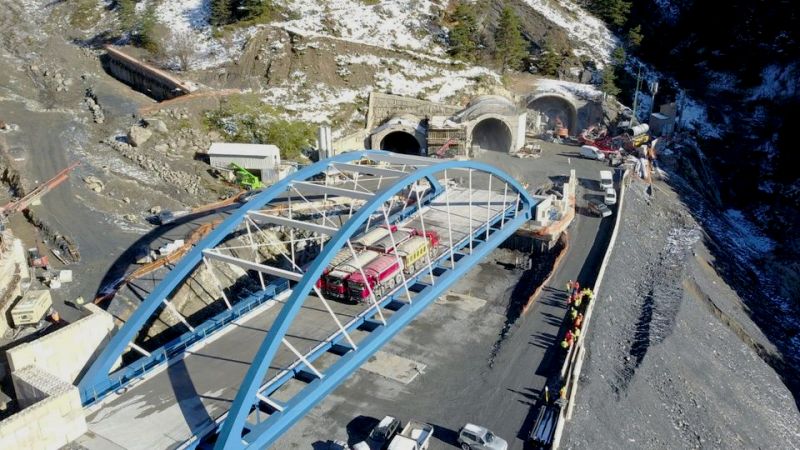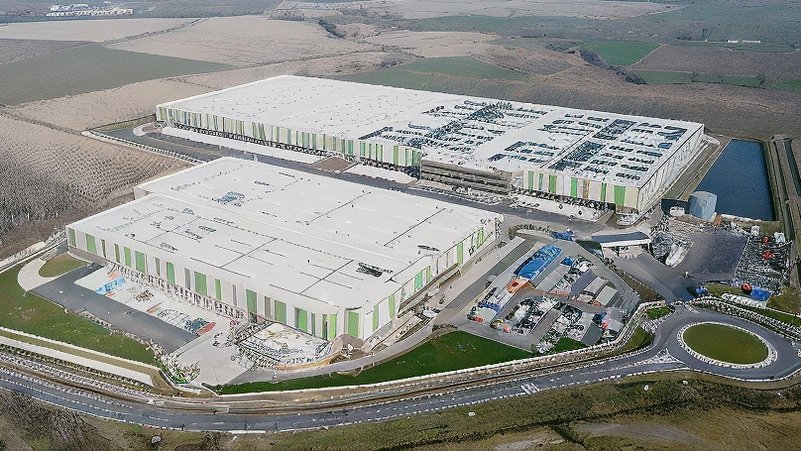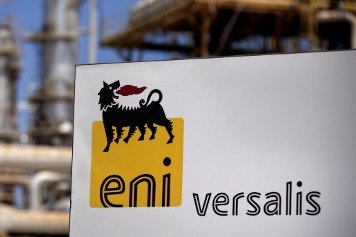In a significant milestone for Portugal's railways, widely regarded by local media as the most crucial event in recent decades, a new railway has been inaugurated between Évora and Elvas. This development, while modest compared to larger investments across Europe, notably the 4,000-kilometer high-capacity network in neighboring Spain, marks a crucial step in enhancing logistics capabilities.
Early in 2024, trial runs began on this initial section of the new railway, which is expected to be fully operational by 2025. Embedded within the European Ten-T network, this route primarily aims to improve freight transport from Portuguese ports to the Spanish border and onwards across Europe. Infraestruturas de Portugal, the national infrastructure manager, has vigorously promoted this project, designating it the Southern International Corridor. Upon completion, the corridor will extend 170 kilometers, linking the ports of Sines, Setúbal, and Lisbon and promoting intermodal services with Spain.
Originally, plans for the Corridor were more ambitious, envisioning a high-speed passenger rail network connecting Lisbon to Madrid. However, priorities shifted to favor freight transport. The new line, nearing completion with an investment of 530 million euros, connects Évora, the capital of the Alentejo region, with Elvas, located just twenty kilometers from the Spanish rail hub of Badajoz—a critical junction for the Iberian network towards the center of the peninsula and Europe.
Portuguese authorities estimate that upon completion of the investments in the southern corridor, the railway's capacity will increase by approximately 260%. For instance, the port of Sines, where currently a little over thirty trains of up to 400 meters in length can be handled daily, will be able to accommodate over 50 trains of the European standard length of 750 meters. The Évora to Elvas line features Iberian broad gauge but is equipped with sleepers that also accommodate European gauge standards.
Moreover, it includes Level 2 ETCS signaling and is electrified at 25 kV AC, allowing both passenger (up to 250 km/h) and freight trains, although its primary function is commercial transport. By the projected completion in 2025, a gradual start-up is expected, initially aiming to transport 2.3 million tons of goods annually, eventually reaching full capacity with 8.5 million tons per year.
Anticipating investments in the new Southern Corridor, Portuguese railways have upgraded and enhanced a short 11-kilometer section connecting Elvas to the Caia border with Spain, a crucial link for the interchange between the two countries' railways but long underutilized. A feasibility study commissioned in 2022 by regional administrative bodies has deemed it technically and economically viable to establish a freight rail terminal at Alandroal, a significant area for the marble industry, and the possibility of developing additional logistics infrastructure is already under consideration.
Piermario Curti Sacchi



































































